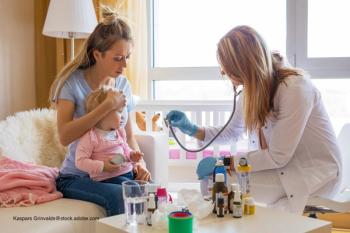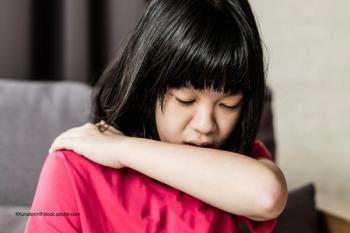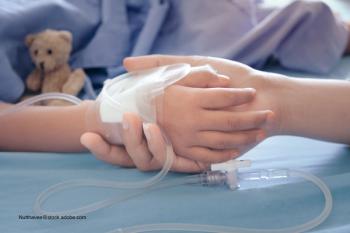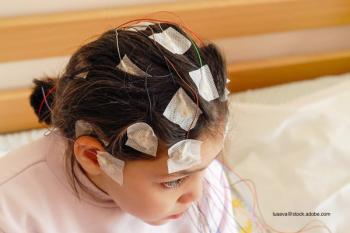
A recent report followed thousands of siblings to see if genetics or environment played a greater role in depression development in high-risk children.

A recent report followed thousands of siblings to see if genetics or environment played a greater role in depression development in high-risk children.

Home nursing after hospitalization helps medically complex children get needed care in a safe environment. A reports looks at how variable it can be in different states.

Dogs have many benefits for children. An investigation examines how life with a dog may improve emotional development.

Newborn nurseries are supposed to run a car seat tolerance screening before discharging any infant born prematurely. An investigation examines how well nurseries follow this recommendation.

Scheduled follow-up following hospitalization for bronchiolitis is typical care, but a new report questions whether as-needed care can be just as effective.

Overweight and obesity issues have been suspected of increasing cardiometabolic risk in children. A new study investigates.

Clinicians may still use urine nucleic-acid amplification tests, despite the recommendation to use a more sensitive vaginal swab to test for Chlamydia trachomatis. A report looks at whether a quality improvement program could change that.

A retrospective study examines whether limited abdominal ultrasound is a safe and effective way to assess for intestinal malrotation with or without midgut volvulus.

The location where care is received can impact how medication is prescribed. A report examines how location impacts care for pneumonia and sinusitis.

It’s been hypothesized that obesity can lead to worse outcomes in critical illness and an investigation provides some answers.

A case report examines whether a high-risk child with appendicitis will need surgery.

Reducing antibiotic resistance has been a high priority for quality improvement programs. How well did one program do in reducing vancomycin use?

The risk of hospital readmission has been linked to insurance status in previous research. A new investigation examines if the disparity still exists.

A study finds that the levonorgestrel intrauterine device (IUD) is successful in controlling abnormal uterine bleeding and in suppressing menses in teenagers.

Marketing for traditional cigarettes has long been curtailed to stem smoking, but the regulations haven’t always caught up with the marketing needs for vaping. A report examines the impact of promoting vaping on the prevalence of vaping.

A retrospective study reveals that children with cow’s milk allergies—and the restrictive diets they must follow—may negatively impact their growth and development in comparison to their peers with other food allergies.

There are a number of ways clinicians can tackle peanut allergies, but allergy screening and early peanut exposure are still up for debate.

Some states have used laws and regulations to help improve health outcomes. An investigation examines whether New York’s sepsis regulations helped.

How are neonatal intensive care units (NICUs) being utilized in the Kaiser Permanente Southern California health care system? A new report investigates.

The American Academy of Pediatrics (AAP) has strongly advocated that schools open in the fall with students being physically present.

The US Food and Drug Administration (FDA) approves Fintepla (fenfluramine) through Priority Review.

Immunotherapy has shown promise in treating peanut allergies. An investigation looks at whether similar results can be found when treating patients for wheat anaphylaxis.

The American Academy of Pediatrics (AAP) has issued a statement on keeping children safe from the potential harms of advertising.

For many children, a furry animal can be a best friend. An investigation looks at whether that bond can also protect against asthma and allergies.

For children with asthma, exposure to dog allergens could exacerbate outcomes.

Many parents worry that when they drop their child off at day care, they are setting their offspring up for less than optimal lifelong outcomes. A Canadian investigation indicates that parents may not need to worry so much.

A new report in the Lancet examines whether efforts to stem COVID-19 such as social distancing and wearing face masks are effective.

As tobacco use among children and adolescents continues to be a public health problem, the World Health Organization (WHO) has released a toolkit to help this group say “no” to using tobacco.

Associated with musculoskeletal pain in adults, poor sleep also could carry a similar risk for children.

Follow-up after hospitalization for mental illness is a measure of quality care, but how many children and teenagers are getting timely follow-up? A new report investigates.